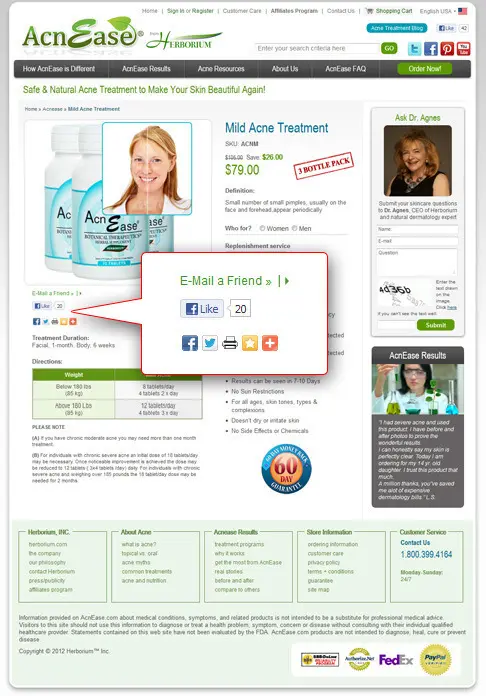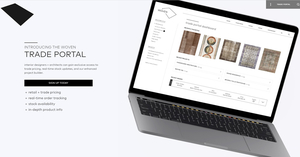
It is not a mystery that social media sites are excellent marketing tools for all types of businesses, but e-commerce sites have an advantage when it comes to using the different networks. For one, consider the e-commerce target market: online shoppers. People who spend their time on the Internet searching for products to buy are more than likely spending time on social media sites as well. This is just one reason why social media cannot be overlooked as a vital online visibility and marketing tool within the e-commerce industry.
Promoting products and services on sites such as Facebook, Twitter and blogs are a great way to drive consumers to your site and make sales. Social media outlets are good tools for link building and therefore by posting URLs that link back to your site, you are more likely to see an increase in traffic. Social media gives businesses the means to direct traffic to whichever site they want, whether it is a product giveaway on a blog site or a link to a coupon. E-commerce sites have an advantage over brick-and-mortar businesses because their consumers are just a click away from their products and do not have to travel into a store.
There are many social media outlets you can choose from to promote your product, business, and services. For instance, you can use Facebook , Twitter, Google Plus, or Pinterest to share and offer your coupons with customers. Not only do customers appreciate being offered good deals online, they will be more likely to refer you to other shoppers too.
Another way to gain publicity of your business is to create a page on Facebook. Your Facebook page should include a link to your website, overview about your business, and a short description of your products. Facebook pages will feature a “Like” button. Customers who are satisfied with your business can click on that button. Your page will also display a number of “Likes” you’ve received on your product or services.
Twitter features a Tweet button which allows your customers to “tweet” about your products or services. The “tweet” includes a short description of the product URL by default so customers can easily link to your website. Google Plus enables customers to recommend your product to their Google circles of acquaintances, friends, and relatives. This data can also be used in Google's search engine algorithms, therefore giving you more search engine power.
Recently developed, Pinterest is designed to allow shoppers to pin your products to their pin boards by using the “Pin” button. That way, the shoppers’ friends, Pinterest members, and followers can view your products. When a Pinterest user clicks on your product, he/she will see the product’s detail page of his/her online shopping cart.
By creating and maintaining a social media following, your business has the ability to offer exclusive discounts and contests that are only available to your social fans. This helps give incentive to your customers to follow your brand online, and will get them more involved with your products or services. Blogs are great outlets to do this type of promotion, and additionally give your company a voice and a personality. Consumers who can relate to a business on a personal level are more likely to be brand loyal to that company.
As the online world continues to evolve and become more competitive, understanding how to merge e-commerce with social media is critical for retail success. “Social commerce” integrates new media, via user generated content platforms and social networking features, directly onto commerce sites. By building and maintaining vibrant communities that address the passion of the retailer’s core audience, and then spreading that passion to the larger social web, retailers will attract loyal and engaged customers, and will achieve better business results.




